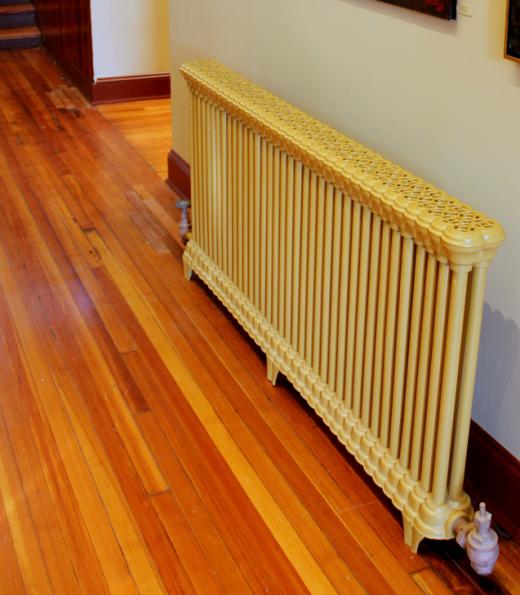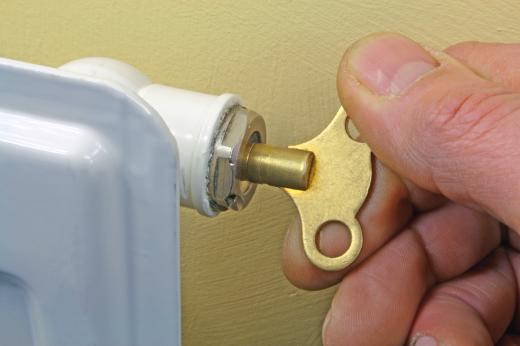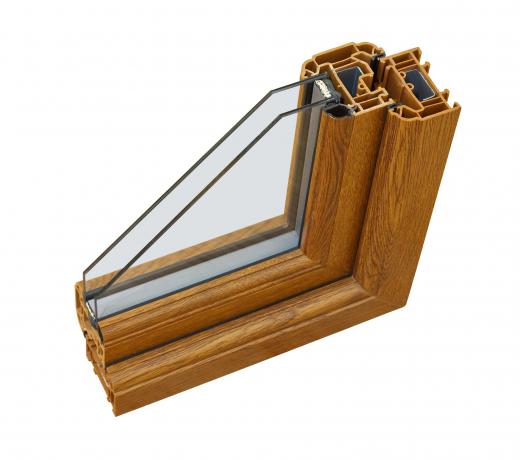A heating system keeps a building warm when the weather outside is cold. They are also used to provide artificial warmth for storage or to create an artificial climate for animals and plants. They are used for homes, offices, factories and warehouses. The term heating system implies there is more than one heat source or a means of moving heat around the building.
The development of a heating system for any kind of building is a new phenomenon for most areas of the world. In ancient times, homes were heated by a single fire known as a hearth. Situated in the middle of the house, it was also used for cooking. Any additional warmth was provided by thick clothing and good insulation. Archaeologists and historians believe animals were brought into the home to provide extra body warmth in winter.

The first heating system was developed by the Romans. Called hypocaust, the system involved allowing hot smoke to circulate under the floor so warmth would naturally rise. Hypocaust worked by raising the first floor off the ground and supporting it with stone columns. The Romans would then waft smoke from a furnace. The system was used both in private homes of wealth and in public baths such as the one found at Chedworth Roman Villa in England.
Apart from the hypocaust, there was only one other heating system in Europe before the modern era. Germany and Eastern Europe’s elite made use of Kachelofen, or hot stoves in English. They captured heat from a furnace and released it into one room.

The majority of modern houses in temperate zones, where there are distinct winters, use central heating systems. This is an organized system of radiators or storage heaters designed to heat the entire building. Such systems are often combined with insulation features such as double glazing, double brick work, cavity and loft insulation.
Radiators emit a constant amount of heat depending what heat level they are set to. Some radiators can be put onto timers to save energy. They offer a near immediate source of heat to a house, but can be expensive when used at peak hours. Peak hours for electricity, gas and water are during the daytime.

Storage heaters work by storing up electrical heat during off-peak hours, then releasing the heat at specified times during the next day. This saves on costs and is better for the environment than gas and other heaters. The main downside is that they do not offer an immediate source of heat.
Gas or electricity are used to heat water in a heating system using radiators. The water is heated in a central boiler, usually upstairs in a airing cupboard or in the loft. Hot water is then pumped around a closed system of pipes allowing the radiators to emit heat.
As an alternative to the water pipe system, a heating system may apply gas or electricity directly to the heater. These emit heat by warming a coil. Some will just emit heat passively from the coil while others employ a fan to blow heat into the room.
Fan-assisted heaters are often one of the functions of an air conditioner (AC). The AC method for heating a room is popular in countries such as Japan, which do not have central heating systems or insulation despite cold winters. An advanced form of an AC heating system is Heating, Ventilation, Air-Conditioning (HVAC) and can also include computerized controls for lighting.
